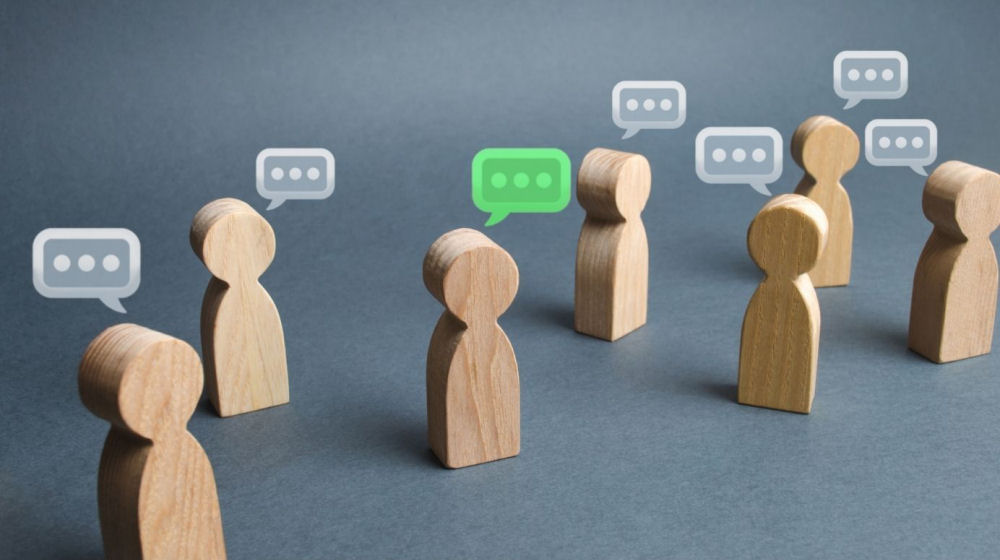Guide to good meeting etiquette
Our Guide to Good Meeting Etiquette outlines best practices for effective and respectful meeting conduct, fostering a productive and collaborative work environment.
5 mins
375
What is a Guide to good meeting etiquette?
This Guide to Good Meeting Etiquette serves as a valuable resource for individuals to navigate and contribute effectively in professional meetings.
This guide outlines essential etiquette practices, covering punctuality, active participation, and respectful communication.
Its purpose is to promote efficient and productive meetings, ensuring a collaborative and inclusive atmosphere where all participants feel valued and engaged.
As part of onboarding, or as and when required
The Employer (you) to the Employee
Great Britain & NI (United Kingdom), Worldwide
What legislation and best practice guidelines have been taken into account in the development of this template?
-
Equality Act 2010: Promotes inclusive behaviour, ensuring fair treatment and preventing discrimination based on protected characteristics.
-
Health and Safety at Work Act 1974: Encourages behaviour that supports the health and well-being of employees in the workplace.
-
Data Protection Act 2018 (incorporating GDPR): Requires the handling of personal data at all times to adhere to data protection principles.
-
Common Law Duty of Mutual Trust and Confidence: Establishes an implied duty in employment contracts, encouraging positive workplace relationships and respectful behaviour during meetings.
Other territories
Consult your jurisdiction's employment legislation or labor laws to ensure compliance with the template. Review the language for local precision.
Guide to good meeting etiquette
Effective meetings are essential for collaboration and decision-making. To ensure a productive and respectful meeting environment, follow these guidelines for good meeting etiquette:
1. Be Punctual:
-
Arrive on time for the meeting.
-
If you're running late, notify the organiser in advance.
2. Come Prepared:
-
Review the agenda and any pre-meeting materials.
-
Bring necessary documents, notes, and materials.
3. Participate Actively:
-
Contribute to discussions and share your insights.
-
Listen attentively to others and avoid interrupting.
4. Limit Distractions:
-
Silence or turn off electronic devices, including phones and laptops.
-
Avoid side conversations or multitasking during the meeting.
5. Respect Speaking Turns:
-
Wait for your turn to speak and avoid dominating discussions.
-
Encourage quieter team members to share their thoughts.
6. Stay on Topic:
-
Stick to the agenda and avoid veering off into unrelated discussions.
-
Save unrelated topics for a more appropriate time.
7. Manage Time Effectively:
-
Stay mindful of the allotted time for the meeting.
-
If necessary, suggest a time extension or table non-urgent items for future discussions.
8. Follow Meeting Roles:
-
If there's a designated facilitator or note-taker, respect their roles.
-
Rotate roles to encourage shared responsibility in recurring meetings.
9. Be Constructive with Feedback:
-
Provide feedback in a constructive manner.
- Avoid personal attacks and focus on addressing issues.
10. Address Technology Issues:
-
Familiarise yourself with the meeting technology in advance.
-
Troubleshoot any technical issues promptly.
11. Respect Diversity of Opinions:
-
Acknowledge and appreciate diverse perspectives.
-
Avoid dismissive or disrespectful language.
12. Follow Up After the Meeting:
-
Summarise key points and action items.
-
Clarify any uncertainties or seek additional information.
13. End on Time:
-
Conclude the meeting on schedule.
-
Summarise key takeaways and confirm next steps.
By adhering to these meeting etiquette guidelines, you contribute to a positive and efficient work environment, fostering collaboration and achieving meaningful outcomes during meetings.
